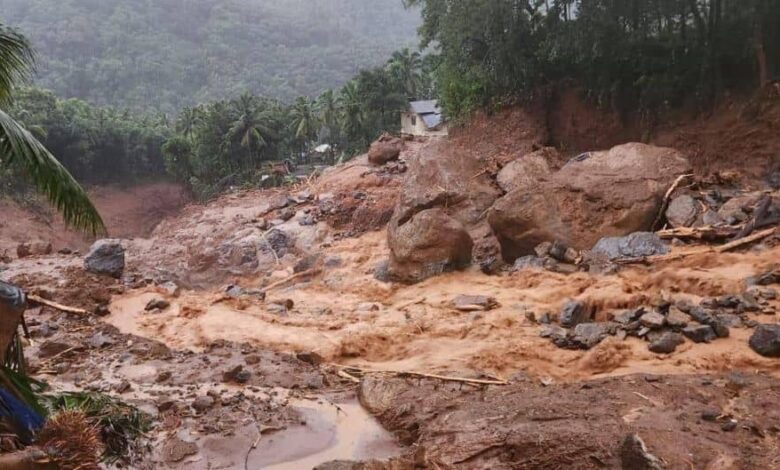
In an attempt to safeguard the special biosystem of the vulnerable Western Ghats, the Centre recently issued a draft notification to treat approximately 5,70,000 square kilometers of the mountainous belt as an ‘Ecology Sensitive Area.’
36 percent of the Western Ghats is suggested to be classified as an Eco-Sensitive Zone. Of this, 9,994 square kilometers are in Kerala, where 13 villages in the state’s Wayanad district are occupied.
Again, if the order is state—or region-specific or consolidated, the last notification is issued 60 days after the last date the citizens submitted comments.
The proposed ecozone also covers six states of India: Maharashtra, Karnataka, Kerala, Tamilnadu, Goa, and Gujrat. It appeared in the aftermath of the Wayanad landslides, during which commercialization, which had not been controlled, was identified as the main culprit.
The intention captured in the notification is to virtually ban new mining, new thermal plants, industries falling within the ‘red’ category, and large construction/township projects.
In the next five years, new mines will be operated without the support of the old ones. The directive that sets 30 percent of ecological flow rates can be used to develop hydropower projects.
The western Ghats has been termed as a World Heritage site desired by many conservationists to undergo greater protection as it is the source of major rivers. The Centre’s most recent effort seems intended to address those requests directly through regulation.



